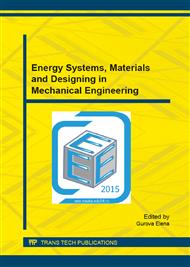p.602
p.606
p.610
p.617
p.623
p.629
p.635
p.640
p.645
Metallurgy and Ancient Coins: A Multidisciplinary Research
Abstract:
Coins are widely studied in archaeometry because they provide a lot of information on social, economic and technological history of people and territories which they are related to. A lot of chemical analyses have been performed by different methods, but only a few of metallographic data are known. The combination of chemical analysis with metallurgical investigation results in a complete description of the coin and its production steps. This paper reports a summary of the results on the Cu base coinage in Italy (Roman and Byzantine Empires) with the aim to develop a protocol of investigation based on microstructural and chemical analysis in order to reinforce the numismatic classification.
Info:
Periodical:
Pages:
645-649
Citation:
Online since:
September 2015
Authors:
Keywords:
Price:
Сopyright:
© 2015 Trans Tech Publications Ltd. All Rights Reserved
Share:
Citation:


